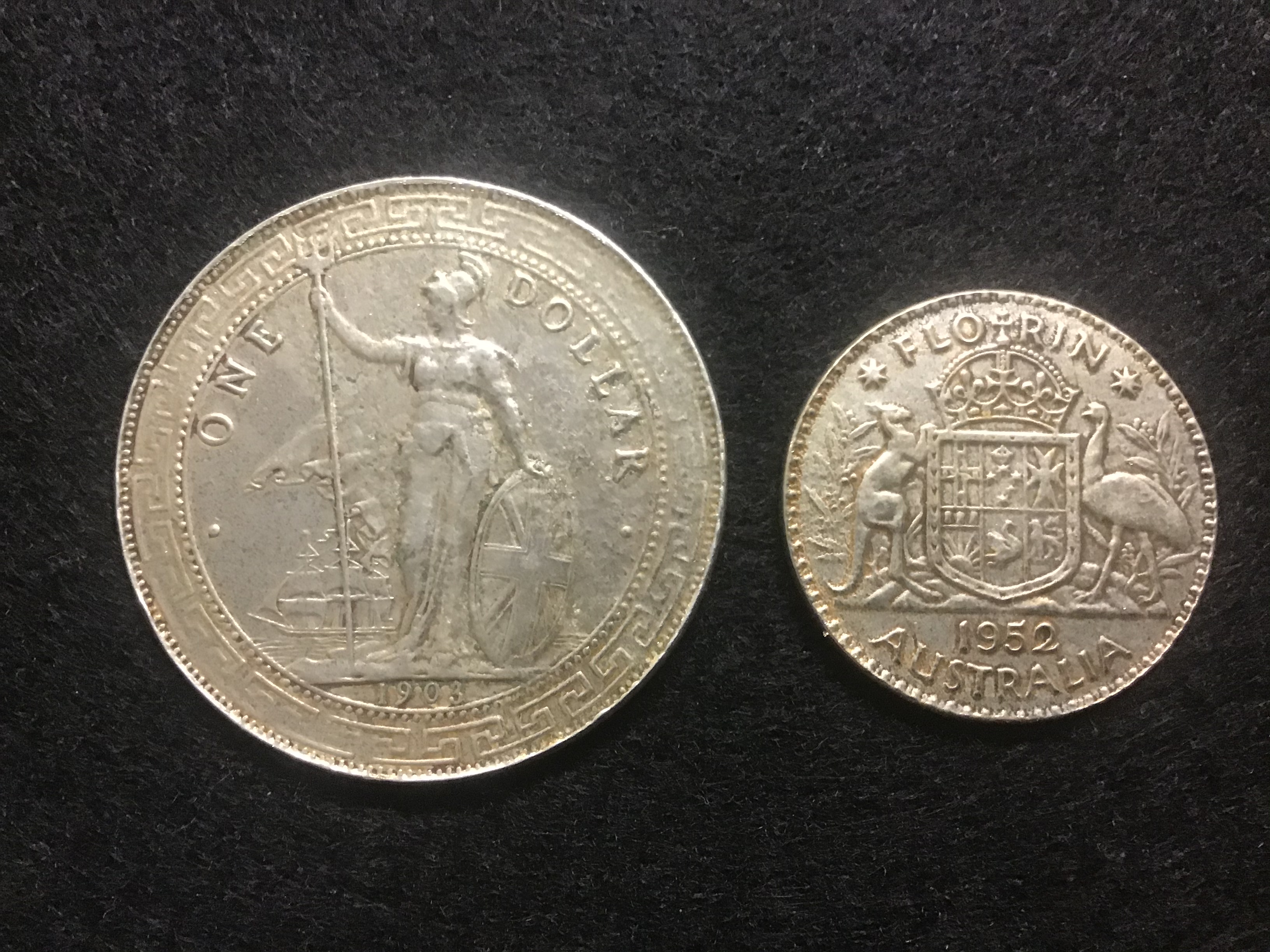Now, I don’t do beach detecting very often but last weekend my mother was going to see an old friend in hospital and she doesn’t like to drive too far by herself, so I offered to drive her there being it was quite a distance away and a miserable wet day. But to my surprise when we arrived the sun came out for the first time in what seemed like weeks and the south coast of Western Australia had been hit by a couple of big storms in recent times, so I decided to go and hit the beach while I waited for her to visit her friend. I could see that the storms had eroded about a meter of the dunes away, so I hugged the dunes swinging away. After about an hour of not even getting one signal, not one bottle top, can lid or piece of iron and saying to myself ‘this is why I don’t detect on the beach‘, I finally got a signal of 46 on my trusty X-terra. Thinking it was rubbish, like I said before not one signal, I said to myself let’s just dig it out and see and after digging for about a foot out comes this green, crusty disc. I gave it a rub and then could see it had reading on the edge. Hmm... I thought, is this a coin because I have never seen one this big. Then my phone rings and it’s time to head off. I couldn’t wait to clean this thing to see what on earth it could be. ( In my haste silly me didn’t take a before pic only thought of it when it was nearly done ) After a few days cleaning I was astonished to see this beautiful large silver coin, a 1903 one dollar... but Australia didn’t have dollars until 1966 so what is it I thought? After some research low and behold it’s a British trade dollar, not pound, but dollar. Confused, I did more research and yes they call it a Bombay trade dollar made to trade with Hong Kong and the straight settlements. So what’s it doing on a beach in the southwest of Western Australia? Well, that I will never know but what I do know is, I will be hitting the beach more often now that’s for sure!
Paul Watson - Australia & NZ





















